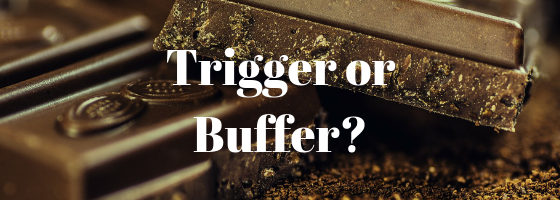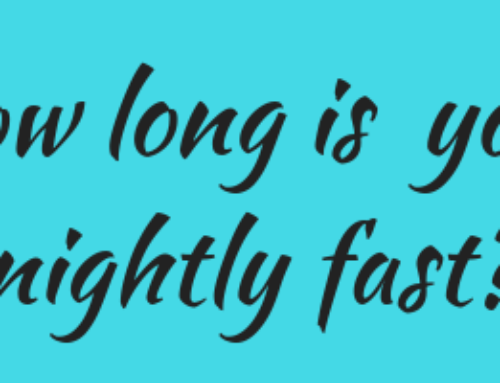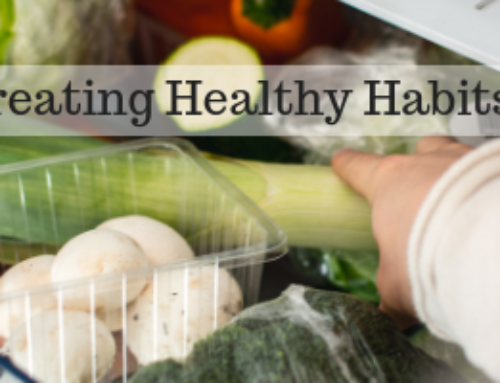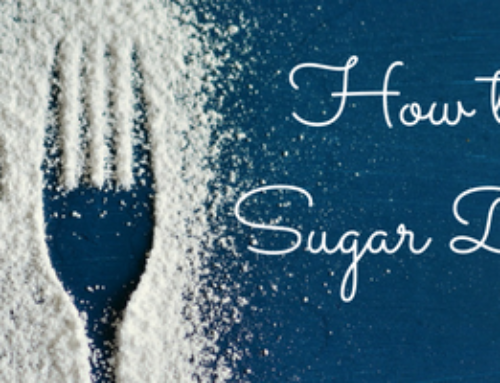If you have worked with me before, then you know that I will try to find ways to incorporate your favorite foods into your diet, even if they are not considered “healthy”. But defining these favorite foods as “trigger foods” or “buffer foods” can help you gain a better understanding of what foods work for your body, and what foods work against your body, as well as how to use these foods to help you reach your health goals in a constructive and supportive manner.
Let’s take a deeper dive into triggers and buffers.
Trigger Foods – these are foods you love, but if you have just a little bit of them, you just might go off the deep end.
Trigger foods can be different for everyone, but generally are more refined foods, and combos of salt and fat, or sugar and fat. Think potato chips, or chocolate chip cookies — foods you can’t just have one of.
Trigger foods are not necessarily unhealthy. For instance, peanut or almond butter can be a trigger food for some people. Natural ground nut butters are technically “healthy foods”. They are full of heart healthy fats, and fiber as well as nutrients. But too much of a healthy food is unhealthy! In other words, eating a half a jar of nut butter is not good. It clocks in at about 1,600 calories. You get the point.
I suggest knowing your trigger foods and keeping them out of your home or your immediate environment as much as you can. In other words, control your environment to set yourself up for success.
On the other hand, there is something I call buffer foods.
Buffer foods — these are foods you love and they help to manage or suppress appetite. These foods take the edge off a craving, make you feel like you are treating yourself, but won’t derail your diet. They also may not be considered “healthy”, but you are able to eat them in small quantities, and they help satisfy your body and mind. They help you maintain a healthy eating pattern, without making you feel like you are boxed into a certain eating regime.
Chocolate is a great example of a buffer food. Some people can have chocolate in the house and treat themselves to a few squares and leave it at that. It helps them take the edge off their cravings, enjoy their food, and keep them on track with their eating the rest of the day. For others however, chocolate can be a trigger.
Bacon is another example of a food that can be a buffer or a trigger. A slice or two of bacon on the weekend might give you that salty richness that helps you stay on track with your diet the rest of the week. Put a plate of bacon down in front of someone else, and half the plate might be gone in a matter of minutes.
This is why I coach my clients not to make every “bad” food off limits. It can only backfire. I wouldn’t consider ice cream a healthy food, but it sure adds pleasure to life. I can’t imagine living my life without a bit of ice cream from time to time. But if it is a trigger food for you, don’t bring it in the house. Rather, go out with friends or family, and get a small scoop at an ice cream shop. Control the environment around the trigger food.
Love cheese? This is another food that can be a trigger food or a buffer food. A little cheese can give one satisfaction and help to suppress the appetite. For others, it is a trigger food. For these folks, I suggest only bringing home cheeses that they aren’t going to pull out of the fridge and start slicing off for “just one bite”. It doesn’t work. Instead, they might choose a cheese that enhances a dish or salad but isn’t tempting to snack on. Think feta, parmesan, or blue cheese. This gives the person a sense of satisfaction, but by changing the type of cheese in the refrigerator, they can control their environment and their reaction to how they eat that food.
The bottom line is to know your trigger foods, but also know your buffer foods. Be cautious with your triggers but use buffer foods to your advantage.
I hope you found this article helpful. If so, please share with family and friends!
In Health,






